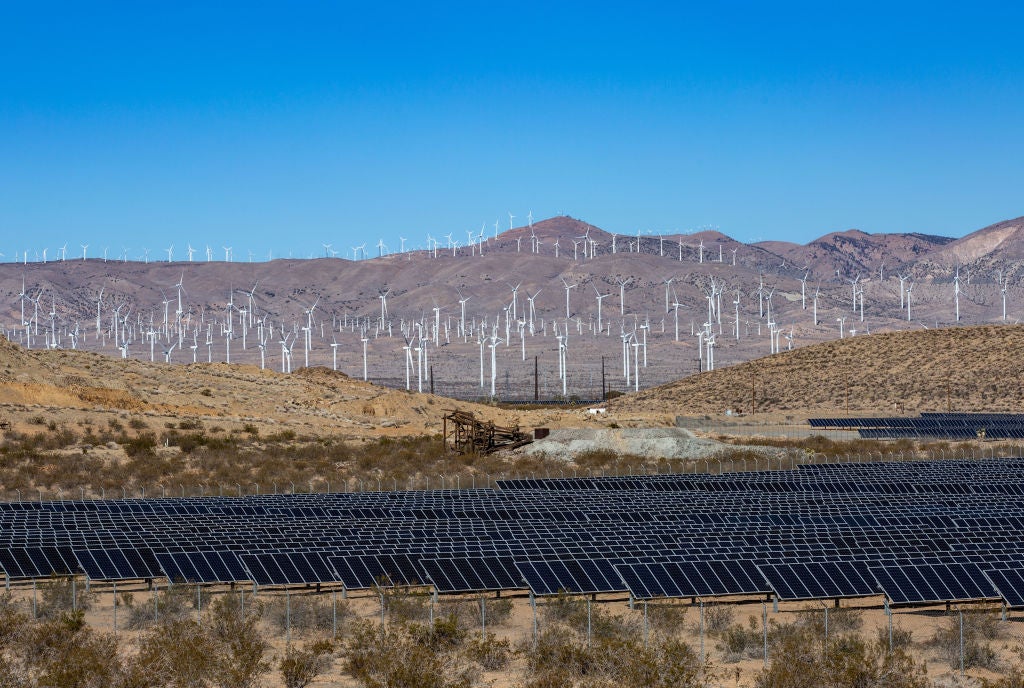In the first three quarters of 2022, new clean power installations were down by 18% in the US compared with the same period in 2021. Policy challenges limited clean power growth in 2022, despite the historic Inflation Reduction Act (IRA) being passed on 16 August, according to the 2022 third-quarter clean power market report from the American Clean Power Association (ACP), a federation of renewable energy companies.

It is the first time in several years without yearly growth in clean power capacity additions. Projects were delayed due to difficulties sourcing solar panels and supply chain constraints. More than 14GW of clean power capacity were delayed in the third quarter of 2022 alone.
“Solar accounts for the lion’s share of delayed capacity at 63%,” according to the ACP report. “Land-based wind accounts for 23% of delays and battery storage the remaining 14%.”
Delays and supply chain constraints also affected the growth of the deployment pipeline. The ACP recorded just 3–4% growth of the pipeline each quarter this year, compared with 12% quarterly growth last year.
Despite difficulties with sourcing solar photovoltaic panels, solar still saw the most clean power instalments through the third quarter in 2022 and constitutes the majority of the deployment pipeline. In the first three quarters of 2022, developers installed 7,071MW of new solar capacity, followed by 4,105MW of wind and 3,059MW of battery storage.
With the IRA providing nearly $370bn of investments towards climate and clean energy in the US, the coming years should bring an acceleration in new installations, according to the ACP.
How well do you really know your competitors?
Access the most comprehensive Company Profiles on the market, powered by GlobalData. Save hours of research. Gain competitive edge.

Thank you!
Your download email will arrive shortly
Not ready to buy yet? Download a free sample
We are confident about the unique quality of our Company Profiles. However, we want you to make the most beneficial decision for your business, so we offer a free sample that you can download by submitting the below form
By GlobalData“The IRA is set to catalyze clean energy growth, ultimately more than tripling annual installations of wind, solar, and battery storage by the end of the decade,” reads the report.
Passage of the IRA is forecasted to deliver around 550GW of new clean power capacity by 2030, resulting in around 750GW of operational capacity, according to ACP figures. Other US researchers have similarly high expectations. Research company Rhodium Group argues that the IRA could put the country in a strong position to achieve 100% clean energy by 2035 by increasing annual capacity additions from 35GW to 77GW. Data from the REPEAT Project at Princeton University’s ZERO Lab suggests that annual wind and solar additions could increase to an average of 39GW and 49GW, respectively, in 2025 and 2026.



